Tangerines are one of the most loved fruits of the citrus family, known for their sweet, tangy flavor, vibrant color, and refreshing taste. Growing tangerines at home in pots is not only a fun gardening project but also a rewarding way to enjoy fresh, chemical-free fruits throughout the year. With the right guidance, even beginners can cultivate healthy tangerine trees in containers, whether on a balcony, terrace, or backyard garden. In this guide, we’ll take you step-by-step on how to grow tangerine fruits at home successfully.
Why Grow Tangerines at Home?
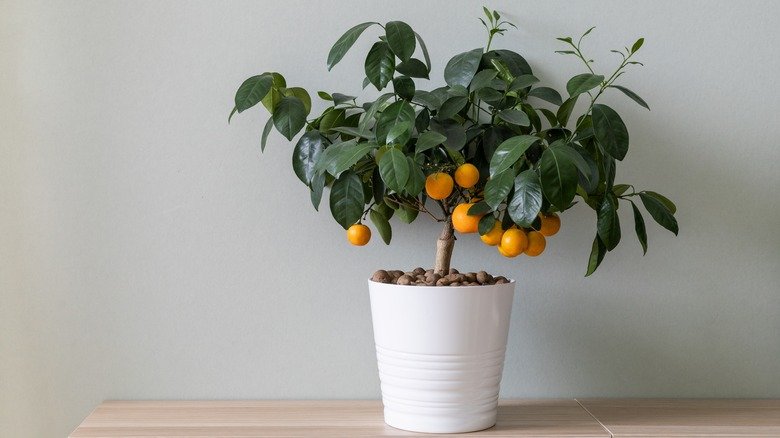
Homegrown tangerines are fresh, juicy, and free from pesticides. There are several benefits to cultivating tangerines in pots:
- Freshness: Enjoy fruits straight from your plant, at peak ripeness.
- Space-Saving: Perfect for apartments or small gardens.
- Health Benefits: Tangerines are rich in vitamin C, antioxidants, and fiber.
- Cost-Effective: Growing from seeds or saplings can save money compared to store-bought fruits.
- Sustainable Gardening: Cultivating your own fruit trees reduces your carbon footprint.
Even if you have limited space, pot cultivation allows you to grow tangerine trees successfully with proper care.
Step 1: Choosing the Right Tangerine Seeds or Saplings
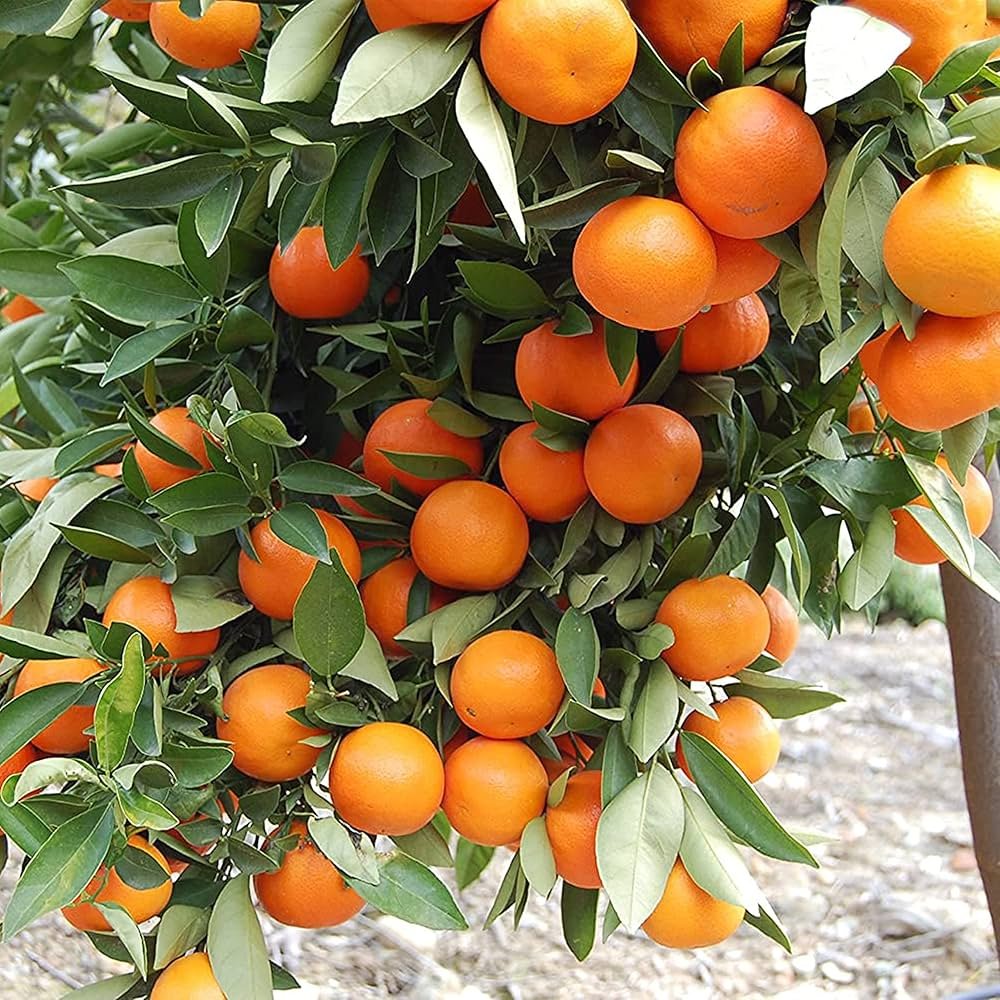
The first step to successful tangerine cultivation is selecting the right starting material:
- Seeds vs. Saplings: You can start from fresh seeds or purchase young saplings from nurseries. Saplings often produce fruits faster.
- Varieties: Popular tangerine varieties include Clementine, Dancy, and Mandarin types. Choose according to taste preference and climate.
- Seed Quality: Use fresh seeds from ripe fruits for higher germination rates. Avoid old, dried seeds.
Step 2: Preparing Tangerine Seeds for Planting
If you choose to grow from seeds, preparation is key:
- Cleaning: Remove seeds from the fruit and wash thoroughly to remove pulp residues.
- Soaking: Soak seeds in lukewarm water for 24 hours to soften the seed coat and encourage germination.
- Scarification (Optional): Lightly scratch the seed surface with sandpaper to improve water absorption.
Step 3: Planting Tangerine Seeds or Saplings in Pots

Pot cultivation requires proper soil and containers to ensure healthy growth:
- Container Selection: Use a pot with good drainage holes. A 12–15 inch diameter pot is suitable for young plants.
- Soil: A mixture of garden soil, compost, and sand ensures proper drainage and fertility.
- Planting Depth: Plant seeds about ½ inch (1–2 cm) deep. For saplings, ensure the root ball fits comfortably in the pot.
- Watering: Keep the soil moist but not waterlogged.
Step 4: Germination and Early Care
For seed-grown plants, germination usually occurs within 2–4 weeks. Proper care is crucial during this stage:
- Sunlight: Place pots in bright, indirect sunlight for young seedlings.
- Temperature: Maintain warm conditions between 70–85°F (21–29°C).
- Humidity: Covering pots with plastic wrap or a dome helps retain moisture.
- Watering: Keep the soil evenly moist but avoid soggy conditions to prevent rotting.
Once seedlings sprout, gradually acclimate them to open air.
Step 5: Transplanting Tangerine Seedlings
After 2–3 months, seedlings develop 2–3 sets of true leaves and can be transplanted:
- Pot Size: Move seedlings to larger pots (15–20 inches) to allow root expansion.
- Soil Preparation: Use nutrient-rich, well-draining soil with added organic compost.
- Planting Technique: Carefully transplant seedlings without disturbing the roots.
- Watering: Water immediately to reduce transplant shock.
Step 6: Ongoing Care for Tangerine Trees
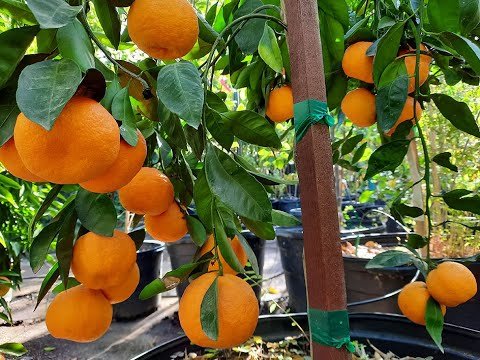
Tangerine trees require consistent care to grow strong and bear fruit:
- Sunlight: Ensure 6–8 hours of full sunlight daily for optimal growth.
- Watering: Water deeply 1–2 times a week. Reduce watering in winter but maintain slightly moist soil.
- Fertilizing: Use a balanced citrus fertilizer every 6–8 weeks during the growing season.
- Pruning: Remove weak, dead, or diseased branches to encourage healthy growth and improve air circulation.
Step 7: Pest and Disease Management
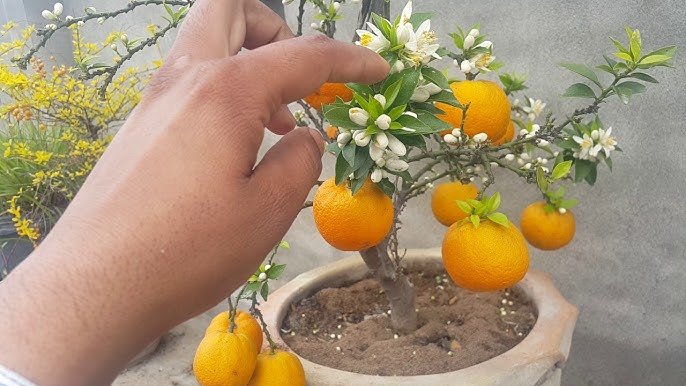
Even container-grown tangerines can face pests and diseases:
- Common Pests: Aphids, mealybugs, spider mites, and scale insects.
- Control: Regularly inspect leaves and use natural remedies like neem oil or insecticidal soap.
- Diseases: Fungal infections such as root rot or citrus canker. Avoid overwatering and ensure proper drainage.
- Mulching: Apply mulch to retain moisture and regulate soil temperature, but avoid piling it against the trunk.
Step 8: Flowering and Fruit Development
Tangerine trees may take 1–2 years to flower and bear fruit if grown from saplings; seed-grown trees may take longer:
- Flowering: Bright, fragrant flowers appear in spring, attracting pollinators.
- Pollination: Bees help in natural pollination; for indoor plants, hand pollinate using a soft brush.
- Fruit Thinning: Remove small or overcrowded fruits to help remaining fruits grow larger and sweeter.
Step 9: Harvesting Tangerines
Knowing when to harvest is crucial to enjoy sweet, juicy fruits:
- Maturity: Tangerines are ready 6–12 months after flowering, depending on variety.
- Color: Fruits change from green to bright orange or yellow.
- Taste Test: The ultimate test is flavor—ripe tangerines should be juicy and sweet with a hint of tanginess.
- Harvesting Method: Twist or cut fruits gently to avoid damaging branches.
Tips for Growing Tangerines in Pots
- Use large pots to accommodate root growth and prevent nutrient deficiency.
- Ensure excellent drainage to avoid root rot.
- Move pots to sheltered areas during extreme cold or frost.
- Occasionally prune roots to maintain tree size and encourage fruiting.
Health Benefits of Tangerines
Tangerines are more than just delicious—they are incredibly healthy:
- Rich in Vitamin C: Boosts immunity and promotes healthy skin.
- Low-Calorie Fruit: Helps with weight management.
- Antioxidants: Protects against free radicals and supports heart health.
- Fiber-Rich: Improves digestion and gut health.
- Hydrating: High water content keeps you refreshed, especially in hot climates.
Final Thoughts
Growing tangerine fruits at home in pots is a fulfilling and enjoyable activity. With patience, proper care, and attention to detail, you can cultivate healthy tangerine trees that provide fresh, sweet, and juicy fruits for years. From selecting the right seeds or saplings to nurturing them into mature fruit-bearing trees, every step in tangerine farming is a learning experience that rewards you with delicious fruits and the satisfaction of home gardening.
Start your tangerine-growing journey today, and experience the joy of plucking fresh citrus fruits right from your balcony or terrace—a true gift from nature that combines taste, health, and sustainability.



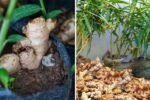


Leave A Comment